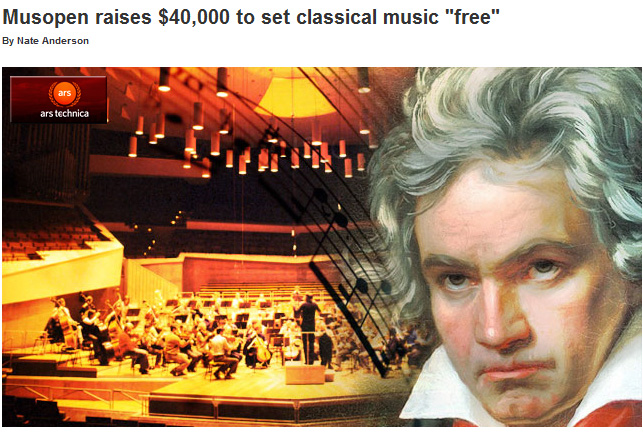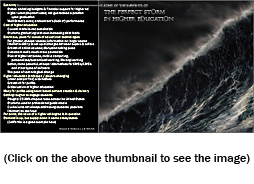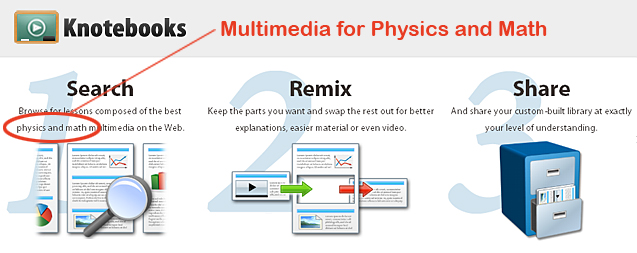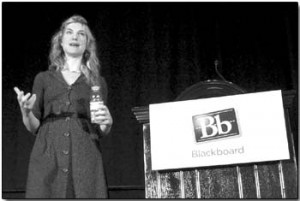Time Warner: Apple TV would ‘jeopardize’ shows — from news.cnet.com
From DSC:
Yes, yes, yes…all the incumbents out there who refuse to reinvent themselves will buck against tech-enabled, innovative companies that introduce new ways of doing things that disrupt their current business model. It’s possible Time Warner will make less, but they could make more depending upon how they play things.
I have it that the same is true for institutions of higher education. There already is — and will continue to be — disruption caused by technological changes and new business models. We can either reinvent ourselves or get our butts kicked.
Relevant examples:
The Khan Academy brings Disrupting Class to life — from Disrupting Class by Michael Horn
If you haven’t yet seen it, there is a fascinating video of Sal Khan speaking at the Gel 2010 conference. For those who haven’t been following, Khan is the creator of the Khan Academy—a non-profit that has over 1,800 videos for free on the Web that teach topics in Math, Science, the Humanities, and so forth—and have attracted such an impressive following that they have more viewers than even MIT’s open courses on YouTube. The Khan Academy reaches people all over the world with these videos, and recently Google awarded it $2 million to create more videos and translate them into additional languages.
.
University of Florida Considers a Flat Tuition Plan — from StraighterLine.com’s blog
.















